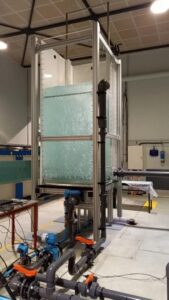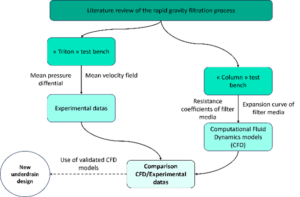Ahmedabad, April 16th, 2024 – The shift from academic to professional life can be a jarring one for young adults around the world, particularly for those preparing to enter industries where on-the-job experience is essential for one’s success.
Johnson Screens has previously worked to establish pathways for helping train young professionals, most notably at our New Brighton facility where through a partnership with the Mounds View Public School District, we have welcomed several students to participate in Career & Technical Education (CTE) welding instruction. More recently, however, our team in Ahmedabad, India, has taken this initiative to the next level.
“Johnson Screens is thrilled to announce the opening of the Aakar Training Institute for welding instruction!” says Shiven Amin, Chief Executive Officer of Johnson Screens India Pvt. Ltd. “We are proud to give back to society with the launch of this free training institution to teach and train young enthusiasts in the craft of welding.”
Open to ITI graduates and 10th pass students, the Aakar Training Institute represents an “earn while you learn” educational opportunity in which renumeration will be given to interns based on their participation and performance within the program. This is a wonderful example of Johnson Screens’ True North Values of Competence and Open-Mindedness at work. The quest for knowledge is a never-ending journey, and we are excited to invite these young minds to join us in realizing our vision of a world where protecting lives and precious natural resources comes first!
“I try to instill an ‘infinite mindset’ in myself and my team,” says Shiven. “Taking time to prepare the next generation for success is how we ensure our future is in good hands, and that’s the kind of lasting impact I want my company to have on the world.”
About Johnson Screens
Johnson Screens is the leading global provider of screening and auxiliary solutions. We support a wide range of industries, such as water wells, environmental, energy, chemicals, food and beverage, and mining, with our highly engineered and precisely fabricated products.
Media
Renato Barbedo – Global Marketing Director
renato.barbedo@johnsonscreens.com







